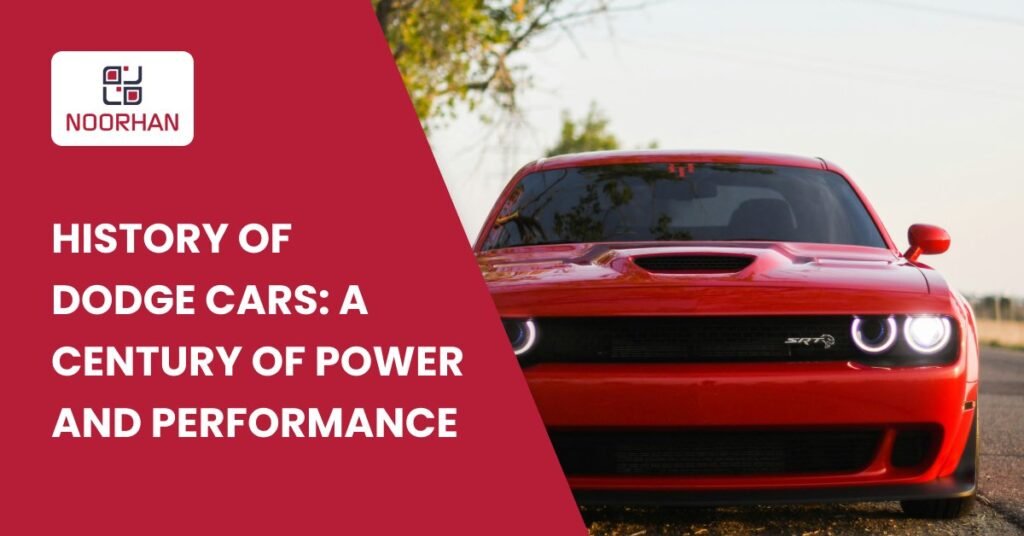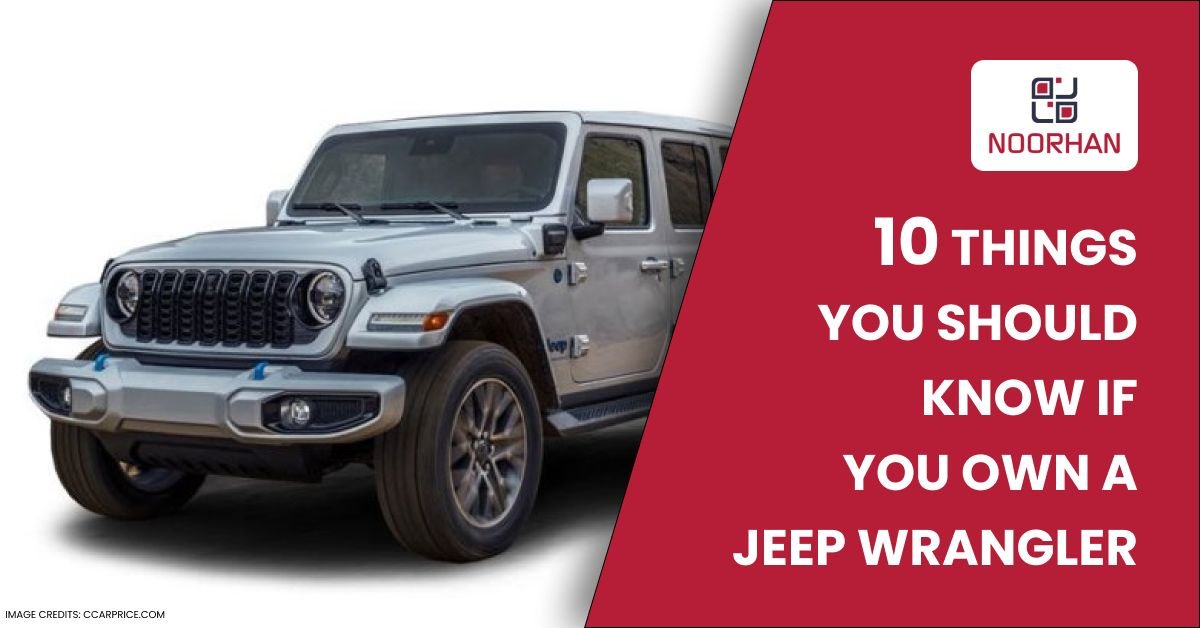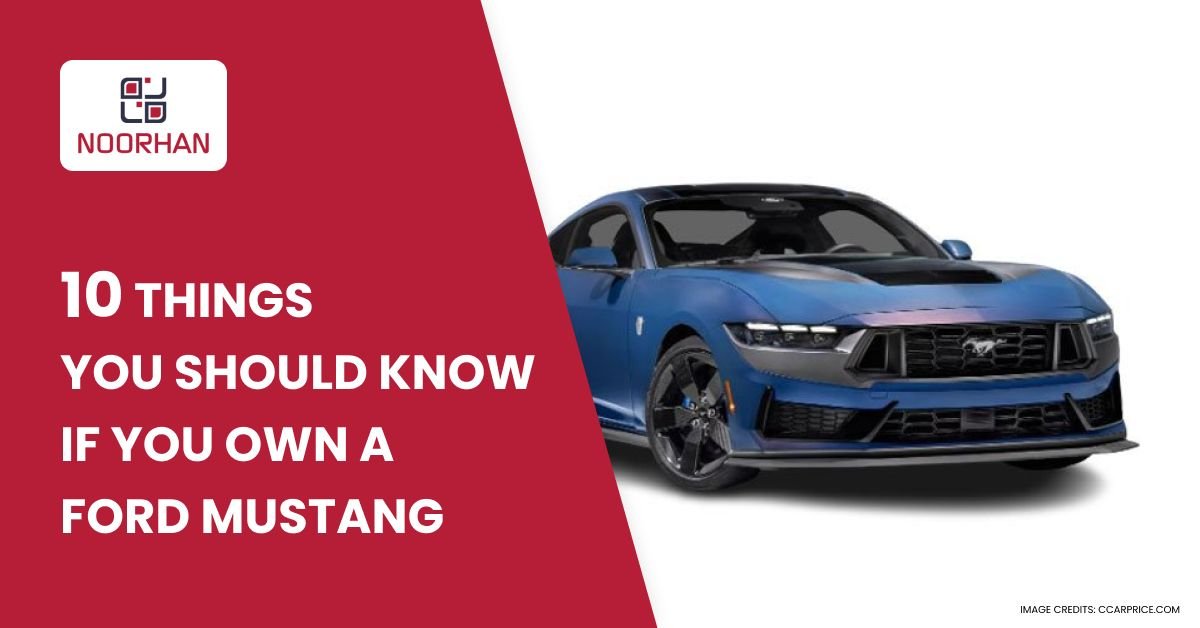History of Dodge Cars: A Century of Power and Performance
Dodge Motor Company has long been regarded for its dependability and high-quality cars, and each new model continues to please and surprise the general public. But where did it all start? How did it all start? Let’s look at the history of the Dodge Motor Company.
Breaking Down Dodge History
1910-1920: Origins of Progress
The narrative of Dodge’s origins unfolds at the dawn of the 20th century, where the enterprising spirits of the Dodge brothers, John Francis Dodge and Horace Elgin Dodge, orchestrated the inception of this captivating legend. In the vibrant cityscape of Detroit, Michigan, these pioneers laid the groundwork for the Dodge Brothers Company—a venture initially conceived as a supplier of auto parts. However, currents of ambition swiftly propelled them beyond their initial role, leading them to the ambitious undertaking of designing their own automobile. The zenith of their vision materialized in 1914 with the introduction of the revolutionary Dodge Model 30. This vehicle, a manifestation of mechanical prowess and market insight, has forged a deep connection with consumers through astutely positioned pricing, enduring durability, and unparalleled reliability.
1930-1940: Revolutionizing the Street
At the core of the Dodge narrative lies an unwavering commitment to innovation, echoing through every model. The 1930s stand testament to this commitment, marking Dodge’s successful introduction of all-steel body construction—a milestone that not only redefined safety standards but also set the scene for a new era of vehicle longevity. This strategic move laid the foundation for the decades to come. The 1940s, shadowed by World War II, witnessed Dodge’s shift towards military-focused manufacturing. This era saw the creation of the iconic Dodge WC series trucks, machines that not only solidified Dodge’s identity but also etched themselves deeply into the pages of history.
1960-1970: The Muscle Car Era
The 1960s brought a new transformative chapter for Dodge. This is when the company started embracing the muscle car revolution which was a huge deal for the American automotive industry. With the launch of the Dodge Charger in the year 1966, the company made a major shift in the production of cars. Graced with performance and power, the Dodge Charger completely encapsulated the spirit of supercars. It created a buzz among car enthusiasts and set new benchmarks for muscle cars.
As if the Charger wasn’t enough to shake the industry, Dodge established itself as the undisputed king of the American muscle-car landscape with the launch of the Dodge Challenger in 1970. Powered with V8 engines and boasting audacious designs, these cars not only looked incredible but influenced the pop culture landscape back in the day.
1980-1990: Adaptation and Innovation
When presented with the challenges of consumer preferences and tightening regulations, Dodge proved that it’s as dynamic as it is powerful. It showcased resilience which later on became an integral part of its existence. From the 1980s to the ’90s, Dodge focused on diversifying its offerings and ventured into different categories including minivans, compact cars and SUVs. leading this line of diversification was of course the iconic Dodge Caravan that gave family travelling a whole new meaning.
2000-present: Merging Tradition and Progress
With the arrival of the new millennium, the Dodge brand has witnessed a plethora of innovations and improvements, particularly starting in 2010. Dodge debuted the Mopar ’10 special edition Challenger in that year, while six completely new or drastically altered cars were unveiled in 2011. By 2014, when they celebrated their 100th anniversary, Dodge had established itself as the automaker in America with the quickest rate of growth. Even though John and Horace Dodge started their quest to create automobiles in their likeness more than a century ago, their legacy is still thriving today. All we can do is speculate about what the next 100 years may hold.
Electric Horizons and the Way Beyond
Dodge unveiled the first electrified muscle vehicle in 1962, and it made quite an impression! It was quite popular since it was quick, dependable, and efficient with energy. It could accelerate at over 80 mph and reach 60 mph in less than 11 seconds. Think about that!
However, the electric muscle vehicle evolved. It was improved further in the late 1960s with a more powerful motor that allowed it to travel up to 75 miles between charges. A growing number of these vehicles are now on the road since people adored this update.
Another update occurred in the 1970s, making the vehicle faster and lighter. It could now travel up to 150 miles at a speed of 90 mph. This variant rose to fame and is a significant figure in American auto history.
The early 2000s saw the most recent significant alteration. They concentrated on enhancing its power. It could now travel up to 250 miles per hour and reach speeds of above 110 mph. Many regarded it as the greatest iteration to date!
Thus, the Dodge Electric Muscle Car has seen significant development over time, becoming more powerful and swifter. It resembles a fun childhood car story!
History of Dodge Logo
The evolution of the Dodge logo spans a century, each emblem telling a unique story of the brand’s identity. One of the most recognizable symbols in the automotive world, the ram’s head logo, has its roots dating back to Dodge’s early use of a shield with interlocked initials “DB” in the years 1909 to 1914.
Star
The design took an intriguing turn in 1914, incorporating two black and white interlocking triangles, which some thought to be the same as the Star of David, despite the Dodge Brothers not being of Jewish descent.
Forward Look
The era of the “Forward Look” marked a significant shift with the introduction of two intersecting boomerang shapes, symbolizing progress and forward-thinking. This design, influenced by Dodge’s role in rocket propulsion technology, replaced the family crest used from 1941 to 1957.
Fratzog
During this period, the Dodge logo featured the enigmatic Fratzog, a fractured deltoid shape with a name devoid of any specific meaning, a creation of the designer’s whimsy.
Pentastar
The 1982-1992 period saw the adoption of Chrysler’s Pentastar logo, red to distinguish it from Chrysler’s blue, symbolizing Dodge’s corporate identity.
Ram’s Head
The transition to the iconic ram’s head emblem occurred in the early 1990s, breathing new life into Dodge’s truck business. As hood ornaments phased out, the ram’s head became a consistent badge on nearly every Dodge vehicle manufactured between 1993 and 2010, symbolizing strength and power.
Dodge Ram Split and New Logo
With FIAT’s acquisition of Chrysler in 2009, RAM emerged as an independent brand, leading to Dodge relinquishing the Ram’s head logo to its pickup trucks. Subsequently, the quest for a new emblem commenced, culminating in a collaboration with Wieden & Kennedy, renowned for designing the Nike logo.
The result was a simple text-based logo introduced in 2012, reflecting a “forever young attitude.” Twin diagonal reddish-orange hash marks next to the Dodge script represented speed and agility, while chrome text embodied dignity, purity, and grandeur, complemented by red symbolizing passion and excitement.
Dodge’s logo journey is a testament to the brand’s evolution, each design reflecting its era and values. From the early shield to the ram’s head, and finally, the contemporary text-based emblem, Dodge’s logos encapsulate a rich history of innovation and adaptability.
What’s Next For Dodge?
Future-proofing muscle cars is Dodge’s primary goal. They wish to continue, not to pause! The history of Dodge muscle cars is extensive and continues to this day. They are experimenting with new things, such as electric vehicles, but they still place a high value on speed and strength.
Although the modern Hellcat and the 1964 Dodge 330 Hemi are extremely different, both are adored by auto enthusiasts worldwide. Dodge continues to improve and change. We’re eager to see what these well-known cars will do next. One thing we know for sure is that whenever one looks back at the history of American muscle cars, Dodge will be the first word that will come to their mind.
In Summary
Dodge now produces family cars in addition to muscle cars. Dodge automobiles are renowned for being robust, durable, and high-quality. They have a variety of vehicles, including SUVs and trucks. Due to its reputation for strength and dependability, Dodge continues to be a major player in the automotive industry.



























































